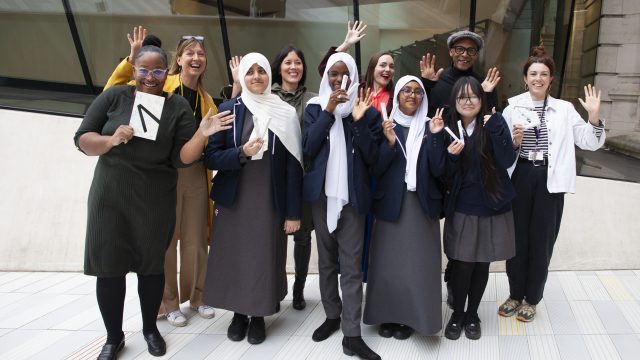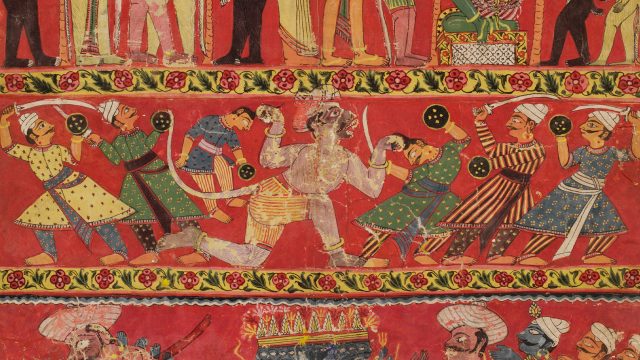In June 1867, the satirical weekly newspaper Fun in its regular column ‘Town talk – by saunterer in society’ – published a short piece on the Royal Albert Hall. The Hall was in construction in South Kensington but there was no clear idea of its future use yet.
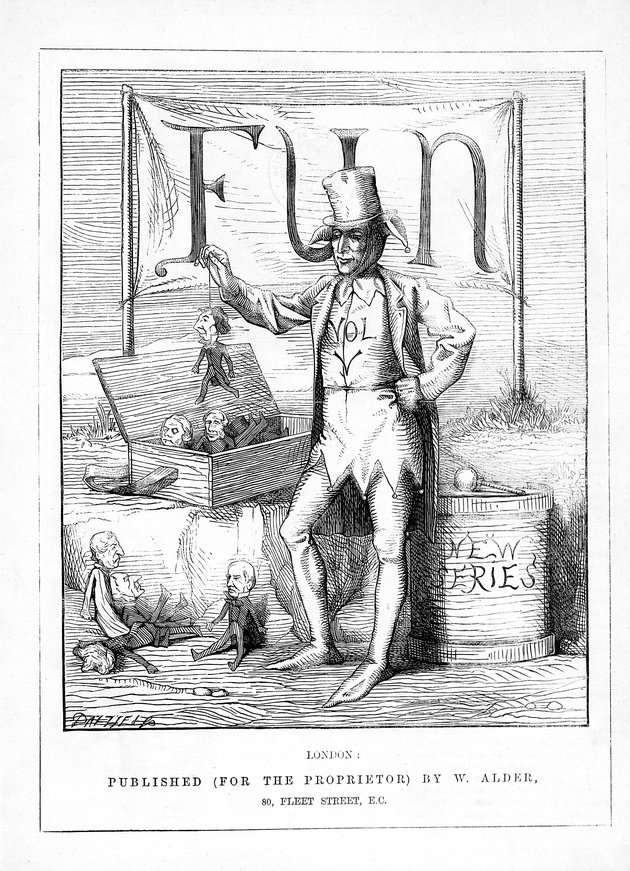
This building, dedicated to the arts and sciences, was part of a bigger project. A new centre for culture and education was growing near where the Great Exhibition of 1851 had taken place. Prince Albert had been a strong supporter of this idea. After his death Henry Cole (1808 – 82) pushed the project forward with great enthusiasm.
Sir Henry Cole – alias ‘Old King Cole’
Henry Cole, the first director of what is now the Victoria and Albert Museum (formerly South Kensington Museum) was a civil servant, involved in many different projects. These included the setting up of a modern Record Office, the Great exhibition of 1851, the development of the Department of Science and Art and of many South Kensington institutions. The Royal College of Art (originally called the National Art Training School), the Royal College of Music, Imperial College and The Royal Albert Hall are still important today.
In his time Cole was a significant public figure. He often attracted the attention of the press, both positively and critically. Queen Victoria and Prince Albert had a very good opinion of him and supported many of his schemes. He was full of energy, very determined and resourceful. These characteristics, however, where sometimes seen as problematic. Critics generally accused him of having a somewhat ‘dictatorial’ style and gave him the nick name ‘Old King Cole’.
Nursery Rhymes, innovation and satire
The name ‘King Cole’ refers to a traditional nursery rhyme, first documented in 1708. The identity of the original King Cole of the rhyme is not known. Literary circles in the 19th century discussed the topic with great interest. This is the modern version of the Rhyme:
Old King Cole was a merry old soul,
And a merry old soul was he;
He called for his pipe, and he called for his bowl,
And he called for his fiddlers three.
Every fiddler he had a fiddle,
And a very fine fiddle had he;
Oh there’s none so rare, as can compare,
With King Cole and his fiddlers three.
In the 19th century it was not unusual to use the King Cole character in a satirical context. An example is this drawing by James Godwin in the V&A collections. A despotic King Cole/Coal rules its contemporaries. Aware of his power, he sits on a locomotive. He controls services and technologies at the very heart of 19th-century ideas of progress.
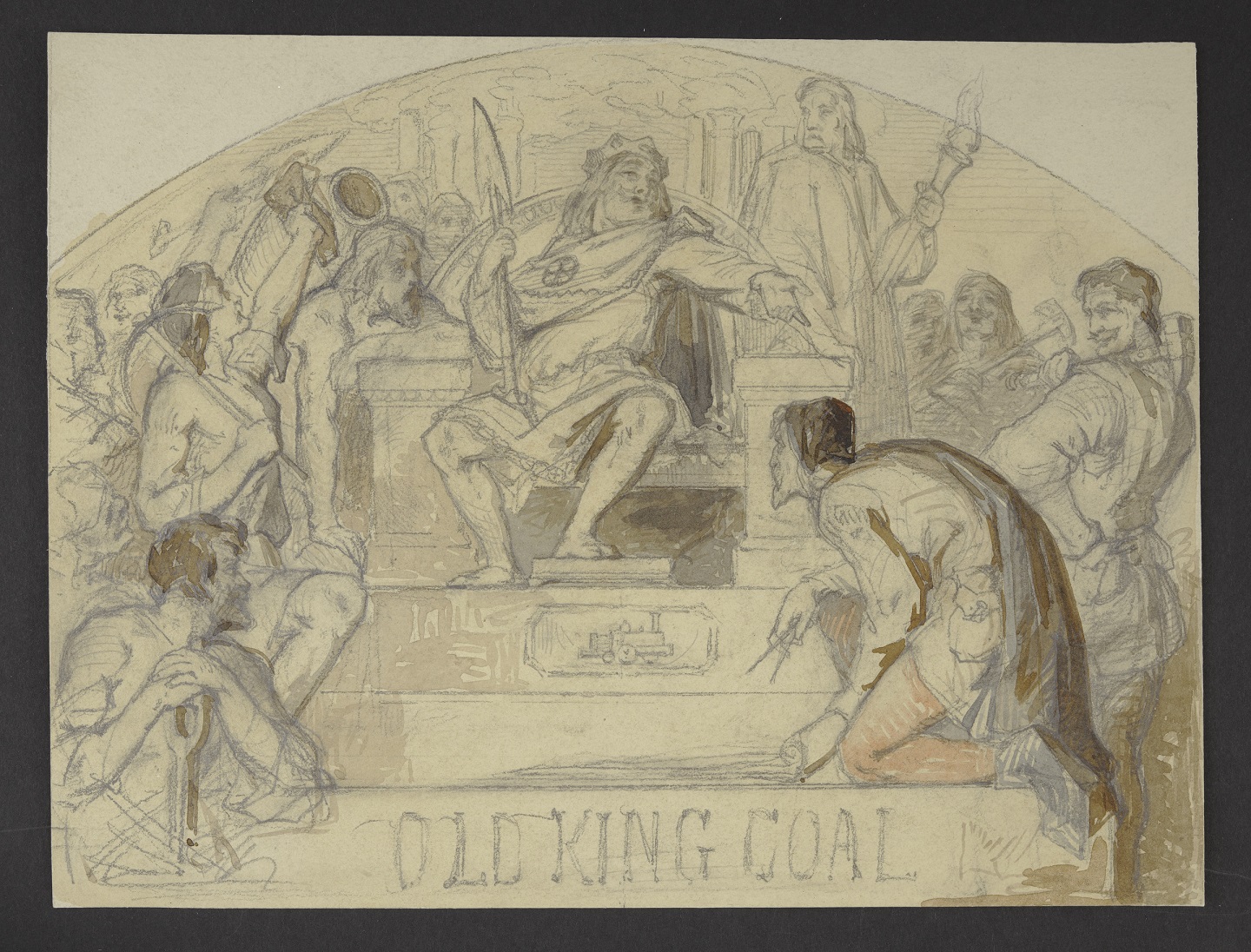
Satirical newspapers such as Punch and Fun were very quick in exploiting traits of Henry Cole’s personality. It is in this context that we should read the lines appearing in Fun on 1 June 1867.
Cole-onia
They ridicule Cole and his colleagues, as well as the supposed advantages deriving to the arts and sciences by the whole scheme, and in particular by the construction of the new Hall.
What is to be the end of “The Hall of Science and Art?” – I beg pardon. “The Royal Albert Hall”, I should say, though it sounds like a transpontine music hall. I suppose it will go to swell the honour and glory of the South Kensington Settlement, or Cole-onia. Poor Science! Art has never quite recovered the “assistance” rendered by the Boilers, and Horticulture has only just weathered the “benefit” of the Gardens, and now science is to come in for this killing kindness. As Mr. Redgrave fosters Art, and Mr. Cole, with the kind assistance of friends, dandles Horticulture, it is not impossible that the promotion of Science may be handed over to Professor Pepper, in which case we may at all events expect to be amused at the Royal Albert Hall.
South Kensington becomes ‘Cole-onia’ – a theme that Fun would pick up again shortly before the Hall’s opening, in December 1870, re-naming it ‘Cole-osseum’.
‘The Royal Albert Hall’ … ‘sounds like a transpontine music hall’ – one of the many popular music venues which, following the 1843 Theatres Act, had opened in London, south of the river Thames. They were known for showing popular melodrama, in contrast to the more respectable theatres situated North of the Thames, called ‘cispontine’.
Science, Education and Entertainment
According to Fun, rescue for science – and the potential spectators at the Royal Albert Hall – might come from an involvement of Professor Pepper.
Educational performances
John Henry Pepper (1821 – 1900), known as ‘Professor Pepper’, was an inventor and scientist. He entertained a very varied public, from ordinary citizens to scientists and royalty, with scientific demonstrations showing technological innovations. The Professor gave a variety of lectures and instituted an evening lectures series at the Royal Polytechnic Institution (now the University of Westminster). Companies inspired by his work also performed educational entertainment in different venues. This included educational ones, such as Mechanical Institutes.
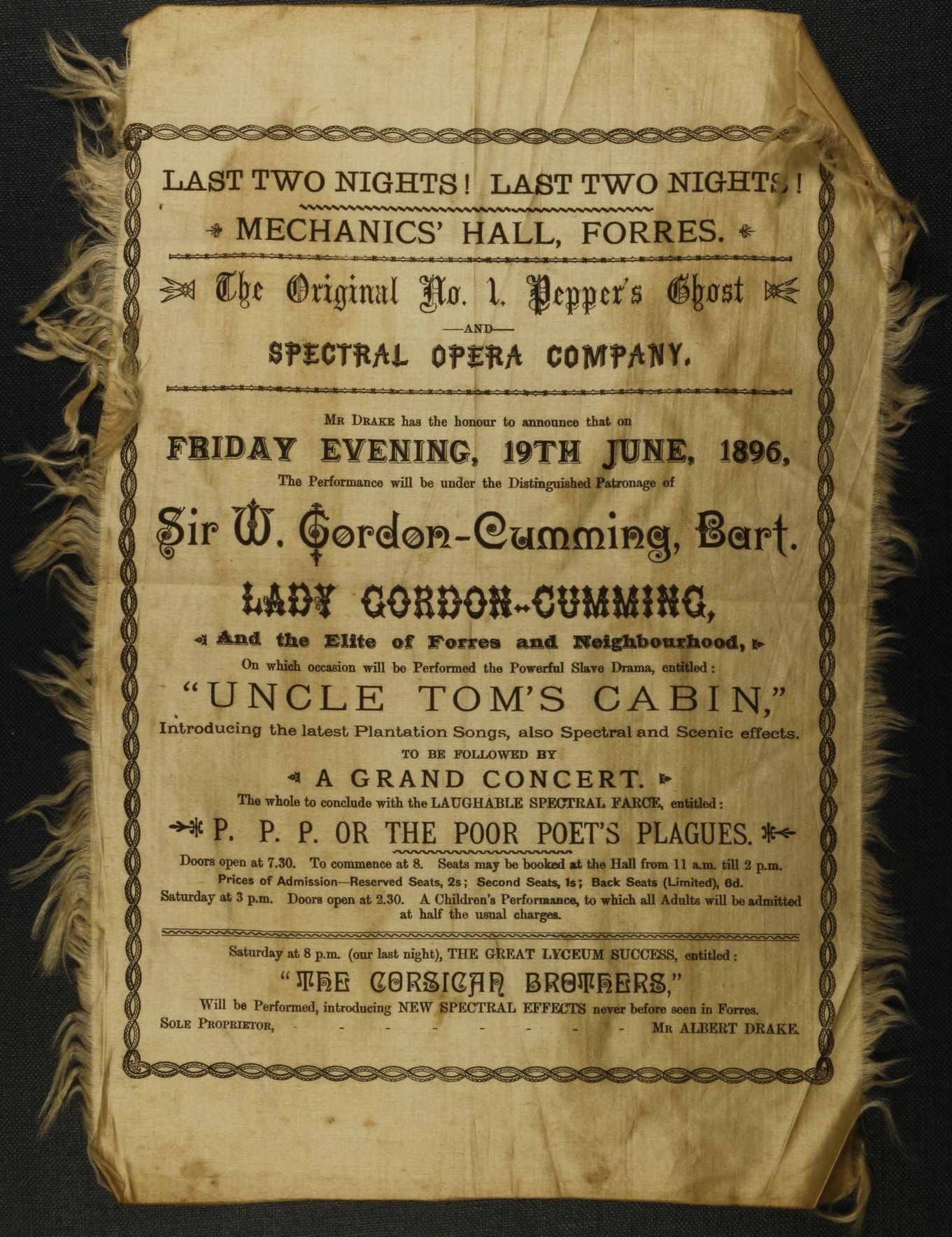
Pepper’s Ghost
His most famous act was the projection technique known as Pepper’s Ghost. This theatrical effect consists of ghostly images of actors being cast on stage by strong lights, aided by angled mirrors. John H. Pepper developed the technique by scaling up an effect first created by Henry Dircks as ‘the Dircksian Phantasmagoria’. He had seen a demonstration in 1862 at London’s Royal Polytechnic Institute.
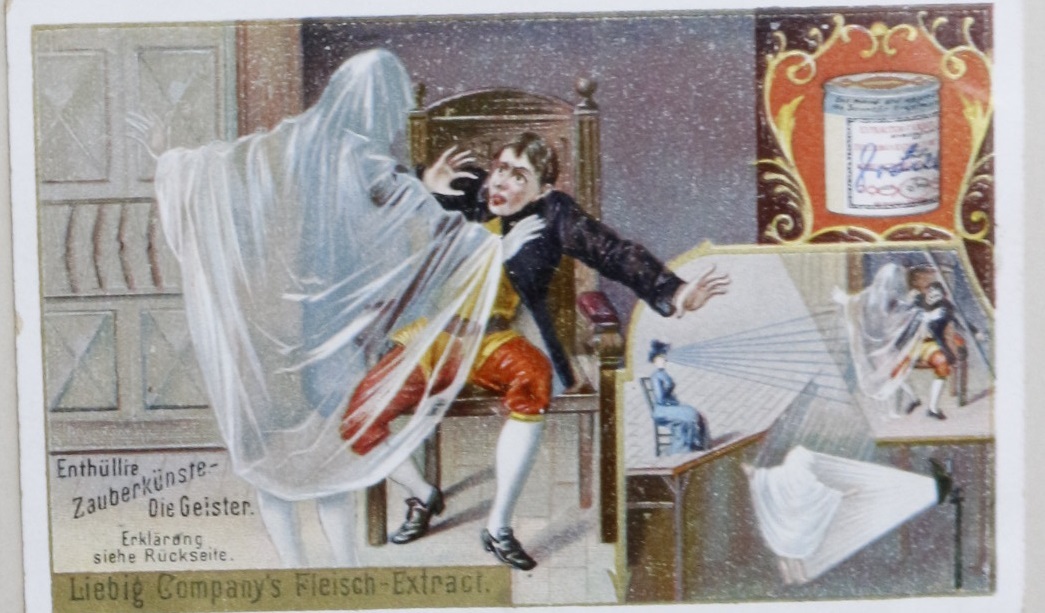
Throughout its construction – and also in its early years – the Royal Albert Hall was at the centre of many debates. This was due to the great ambitions of the project and the financial, ‘political’ and organisational difficulties connected to it. However, significant was also a certain lack of clarity in the aims and usages of the building, which changed during this period.
If you are interested in the early history of the Royal Albert Hall, architectural and otherwise, watch this space. There will be more.
This blog series is part of the Leverhulme Trust funded project Designing the Future: Innovation and the Construction of the Royal Albert Hall based in the V&A’s Research Department.

